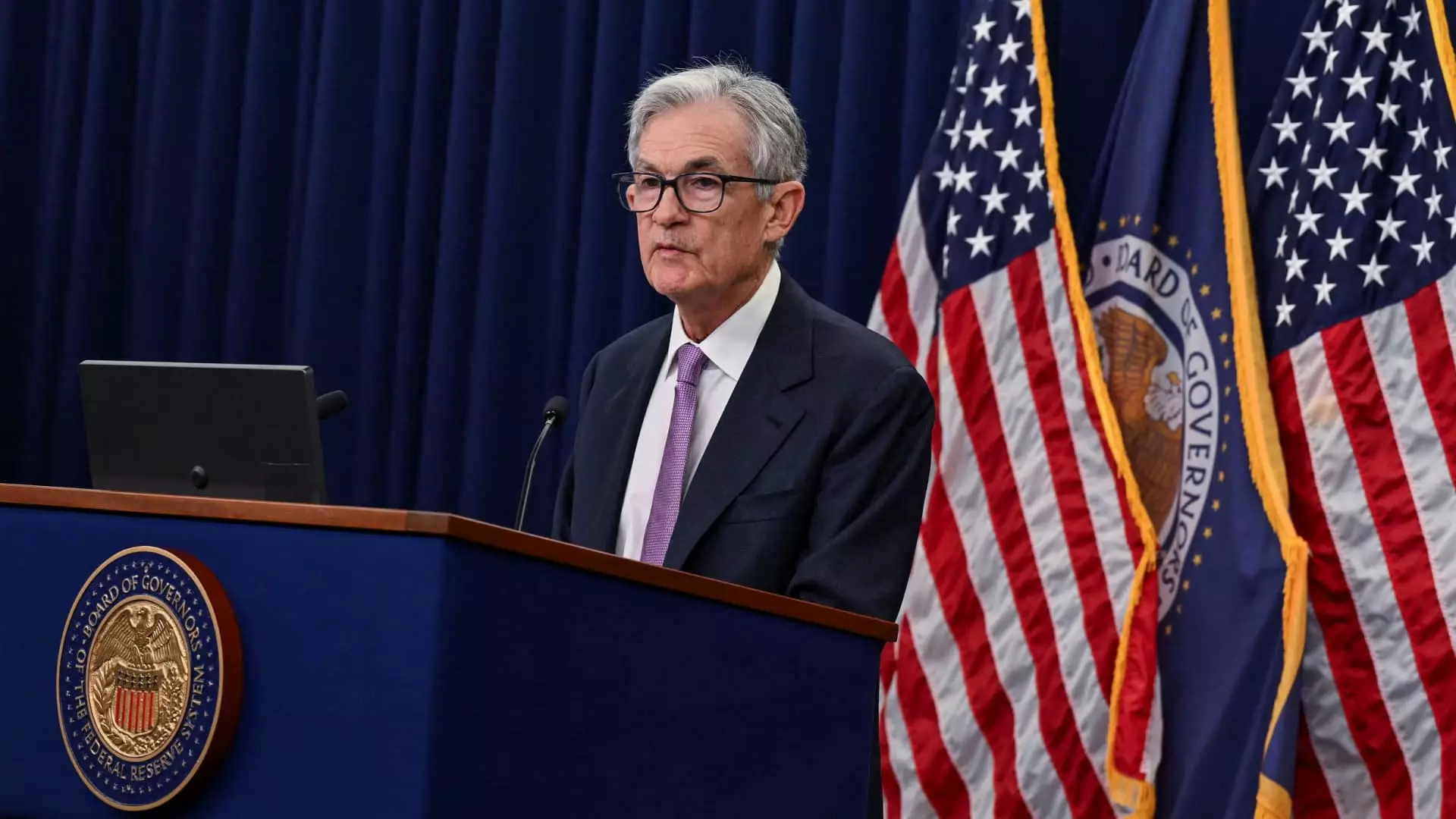In the complex arena of economic policy, the Federal Reserve (Fed) performs a balancing act, monitoring inflation rates, the labor market, and broader economic indicators to set monetary policy. Recent insights drawn from the minutes of the November Federal Open Market Committee (FOMC) meeting reveal a cautious optimism among Fed officials regarding inflation’s trajectory and the health of the labor market. This article scrutinizes their position, reflecting on implications for future monetary policy and the uncertainties that loom over the economy.
The FOMC has traditionally aimed for an inflation target of around 2% to ensure economic stability. Despite this clear objective, recent inflation data indicate that prices continue to surge above this benchmark. However, officials expressed a belief that inflation is tempering, suggesting a gradual return towards the target. Notably, the documented discussions from the November meeting highlighted a sustained confidence in economic conditions that could support such a shift. They referenced expectations that if the economy remained close to full employment, and inflation moved closer to the 2% goal, then it would be prudent to adopt a “neutral” monetary policy stance over time.
A critical aspect to consider in this narrative is the degree of patience exhibited by the committee members. Instead of rushing to implement cuts on interest rates, they appear inclined to watch how the economic landscape evolves. This deliberation underscores a meticulous approach towards monetary policy which seeks to avoid abrupt shifts that could destabilize markets.
Another significant point arising from the FOMC meeting summary is the current state of the labor market. The committee members generally characterized the labor market as robust, despite reports of a mere 12,000 increase in nonfarm payrolls for October. While this low figure initially appears concerning, officials attributed it to temporary disruptions such as adverse weather conditions and labor strikes, indicating that these factors may not reflect the underlying trends of employment health.
The assurance expressed by Fed officials regarding the stability of employment conditions points to a broader understanding of macroeconomic trends. Even with mixed signals, they maintain that layoffs are not prevalent, which provides a cushion for consumer spending and overall economic growth. Nonetheless, there is an acknowledgement of the delicate balance they must maintain, as shifts in labor market dynamics could have cascading effects on consumer confidence and spending.
In light of the Fed’s discussions, market expectations surrounding future interest rate cuts have displayed signs of adjustment. Following the meeting, traders began to temper their outlook for further monetary easing, with the probability of a December rate cut now hovering below 60%. This shift reflects a growing trepidation concerning potential inflationary pressures stemming from impending fiscal policies introduced by the newly elected President, specifically those linked to trade tariffs and tax changes.
The uncertainty surrounding the new administration’s economic strategies fuels speculation about how those policies could transform the economic landscape. With the Fed caught between maintaining economic stability and preventing inflation from escalting, the potential impacts of external policy shifts create an added layer of complexity to their decisions.
As Fed officials continue to project that inflation should gradually stabilize, they also reference various forces that may exert downward pressure on prices in the coming months. Factors such as diminishing business pricing power and the Fed’s current restrictive monetary policy are expected to play a crucial role. Moreover, the concept of well-anchored longer-term inflation expectations suggests an overarching belief among consumers and investors that the Fed will ultimately achieve its inflation targets.
That said, the committee’s acknowledgment of persistent uncertainties surrounding the neutral interest rate complicates their decision-making process. With the potential for fluctuating economic signals, officials recognize that even ‘data as expected’ could lead to different monetary policy outcomes.
The Federal Reserve’s recent statements reveal a delicate tapestry of optimism laced with caution. While confidence in easing inflation and a robust labor market is palpable, the committee remains vigilant about the myriad of uncertainties that challenge their predictions. As they tread carefully towards further interest rate cuts, the interplay of economic data, policy implications, and market reactions will continue to shape the Fed’s path forward. The ongoing narrative suggests that adaptability and foresight will be critical as the nation navigates its financial future in the face of evolving economic realities.

